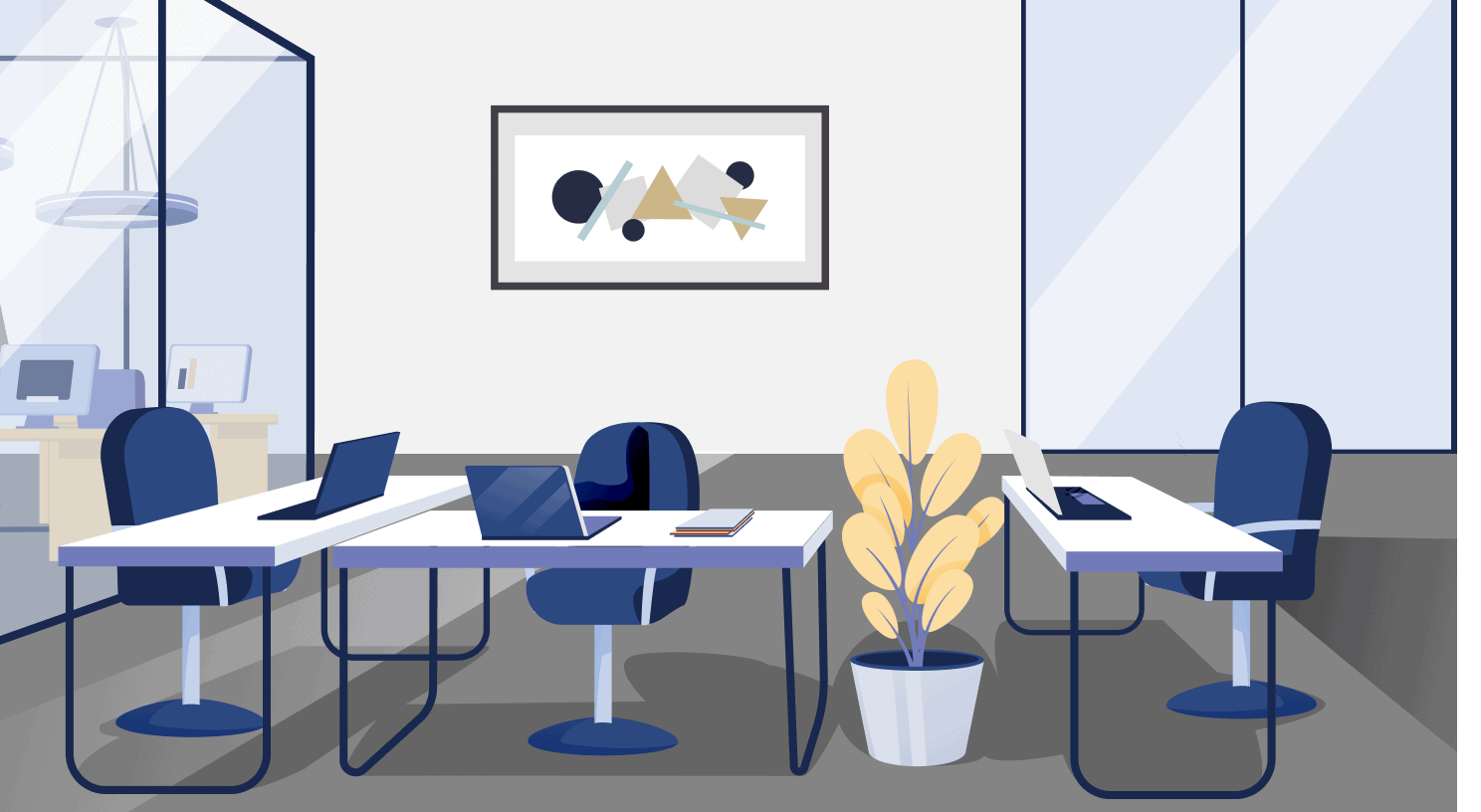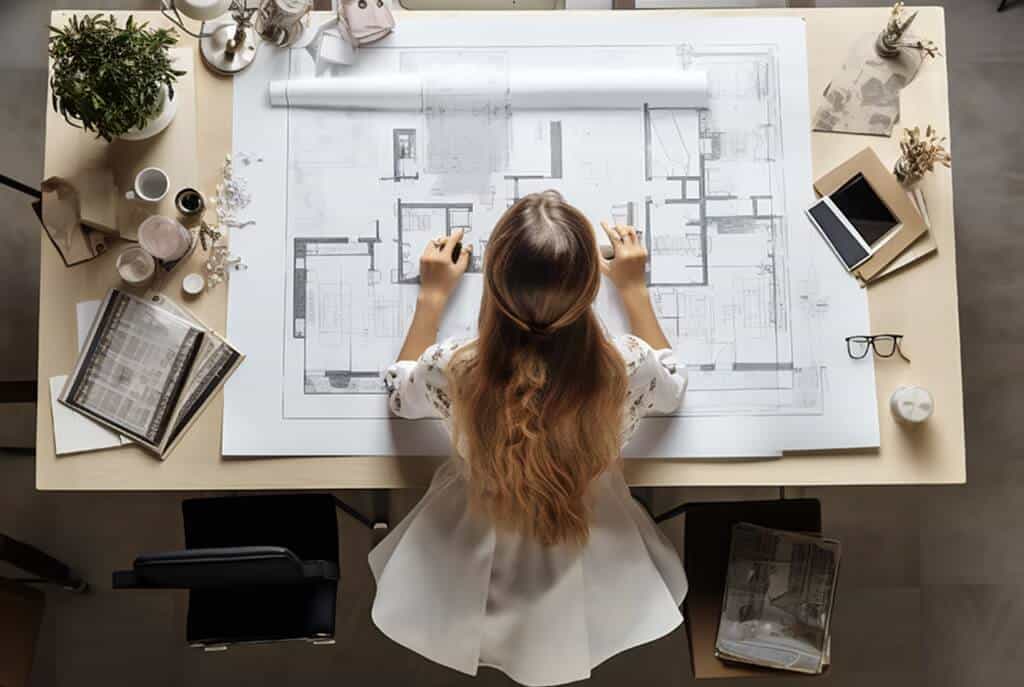Over the last several years, the role of technology in planning small office space design and modern workplaces has notably evolved. Traditional static floor plans and cubicles have given way to dynamic settings that are being developed to support collaboration, innovation, and efficiency. Technology has been instrumental in helping organisations make the most efficient use of their employees’ wellness and flexibility.
Importance of office space planning
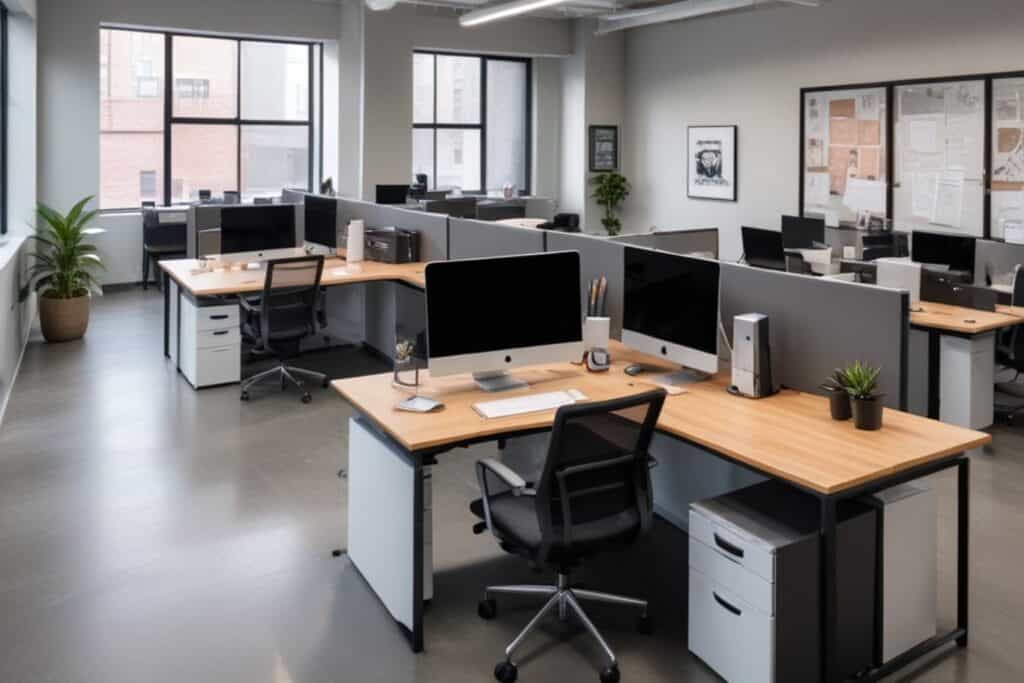
The significance of office space planning is that it can turn your workplace into a high-performance space where your team is efficient, collaborative, and comfortable. Here are several key reasons why it’s essential:
- Maximising Productivity: An office designed in such a way as to minimise distractions, optimise workflows, and give employees the tools and environment they need to perform their best.
- Promoting Collaboration: Modern office space planning ideas allow employees to collaborate, both formally and informally, encouraging creativity, innovation, and teamwork.
- Enhancing employee well-being: An office filled with natural light, good furniture, and sound-embracing designs and features such as breakout rooms and quiet zones give a sense of accomplishment and keep employees happy.
- Optimising Space Utilisation: Square footage should be used as efficiently as possible to reduce wasted space and associated costs.
- Reflecting Company Culture: The design of an office space can convey the values, culture, and brand identity of a company, helping to attract and retain talent and create a positive work environment.
Data-driven Decision Making:
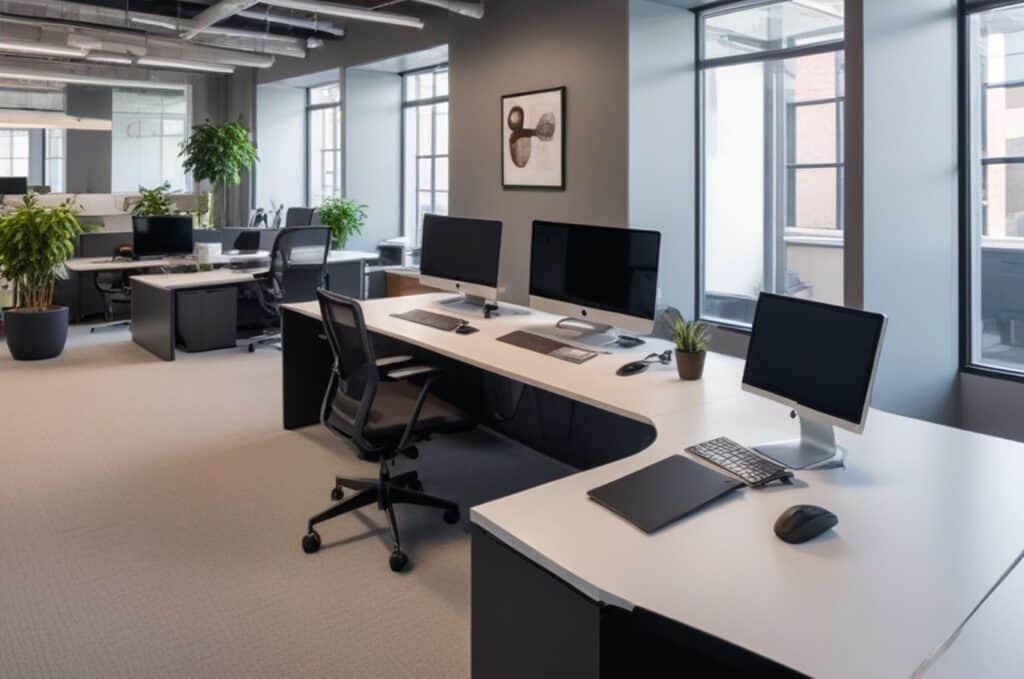
Having the information from sensors, IoT devices, and the observation details for the occupancy tracking software, organisations are now equipped to make data-driven decisions concerning office spaces Utilisation. By collecting real-time data on how people are using the space, the enterprise can analyse, which connected areas are underused, how many free desks are available, and what the space occupation pattern is, allowing predicting future needs based on data.
Also Check This : 10 Key Elements of Contemporary Office Interior Design
Flexible Work Environments:
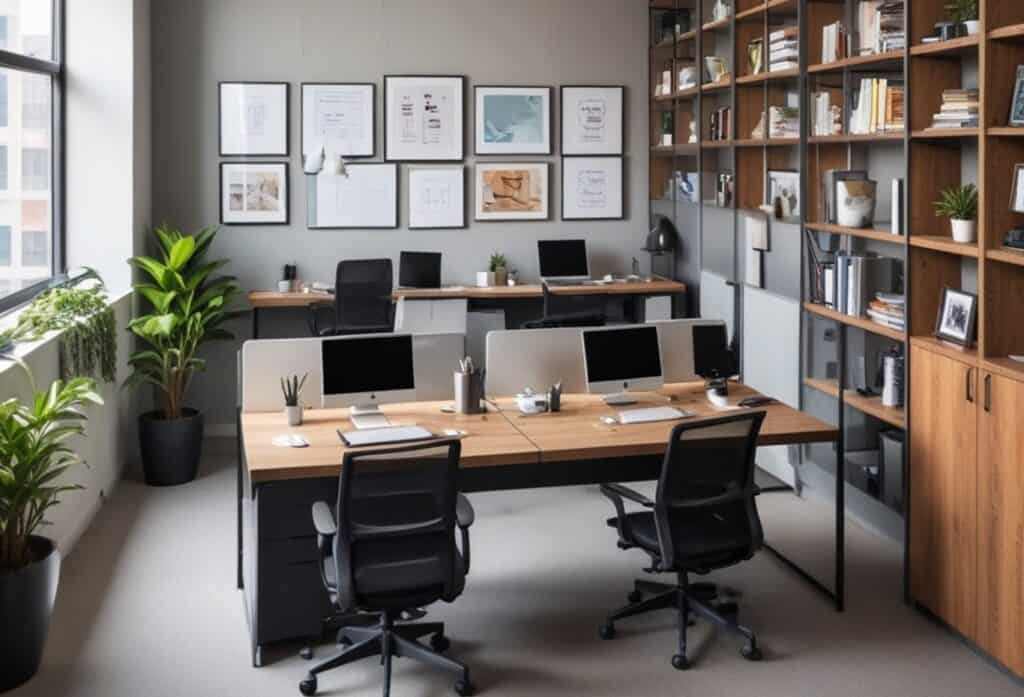
Remote and flexible work have been present in the industry, and this has rendered the traditional design of working areas irrelevant. With the aid of technology, the flexible office workspace is necessary for businesses to meet their employees’ diverse demands. Because of real-time cloud-based collaboration software, video conferencing and VR devices, groups can easily communicate and collaborate, and can be the office or someplace completely different.
Space Optimisation:
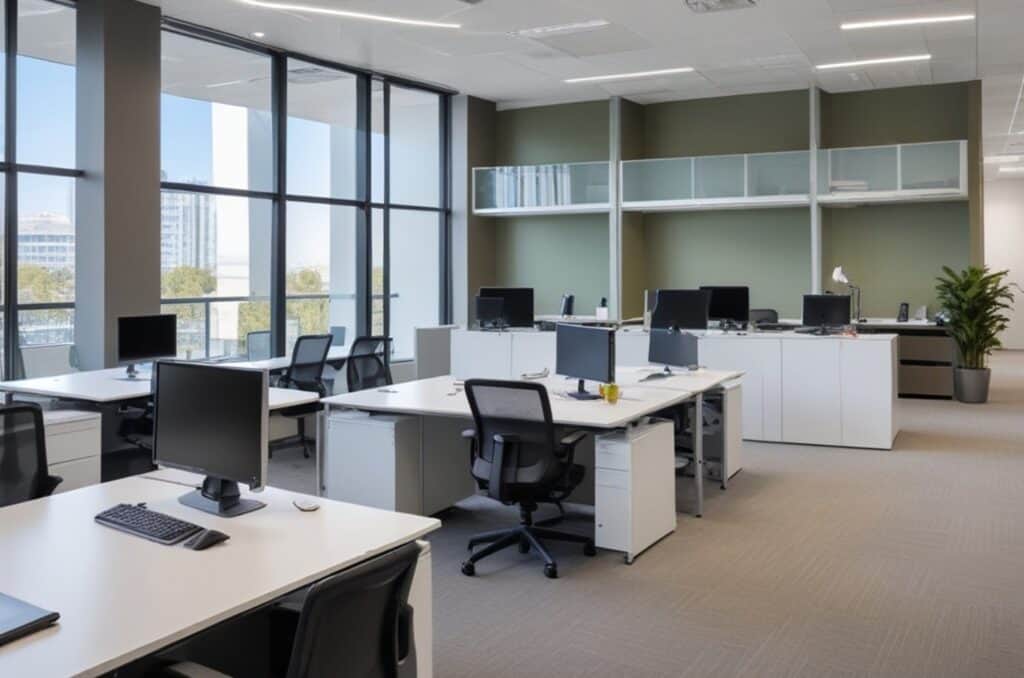
Technology allows organisations to dynamically allocate space as current demand demands. Desk booking systems and mobile apps provide staff with the ability to book workspaces on demand, which allows organisations to use desks more efficiently and reduce the need for fixed workstations. Space management software can help organisations visualise existing plans, test different layout configurations and simulate future space usage to optimise the space available as much as possible.
Also Read This : 5 Ways to Create a Positive Work Culture
Wellness and Productivity:
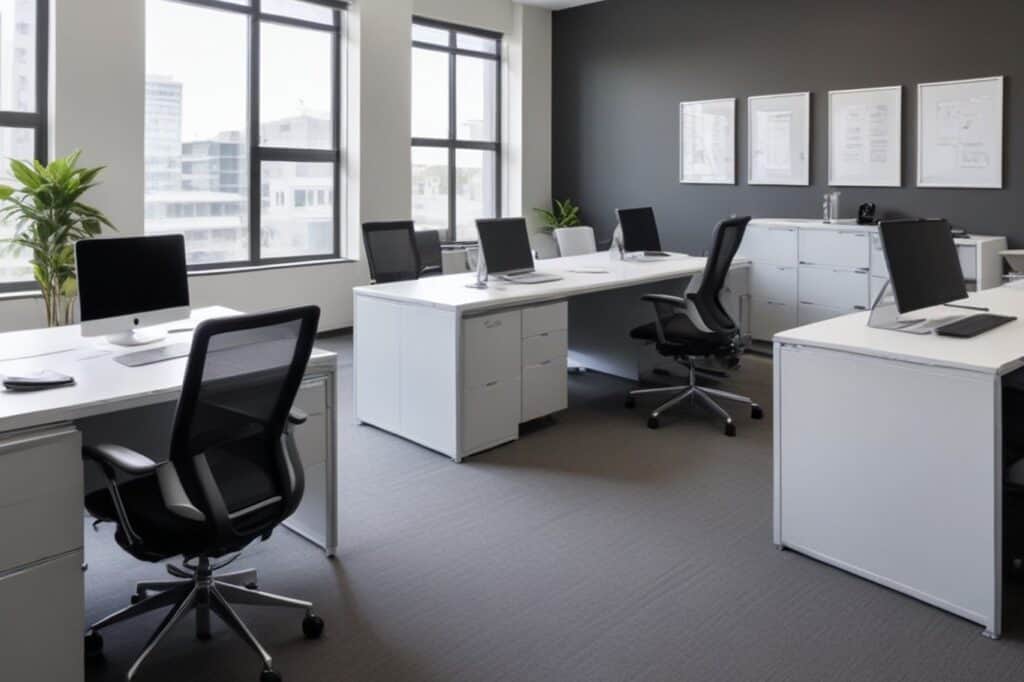
The design of an office greatly influences the health and productivity of the staff. Technology can be used to create healthier workspaces by regulating air quality, lighting and acoustic standards. Smart buildings may adjust temperature and lighting automatically to ensure the comfort of occupants. Biophilic design can include natural features that lower stressors and increase productivity.
Augmented Reality and Virtual Reality:
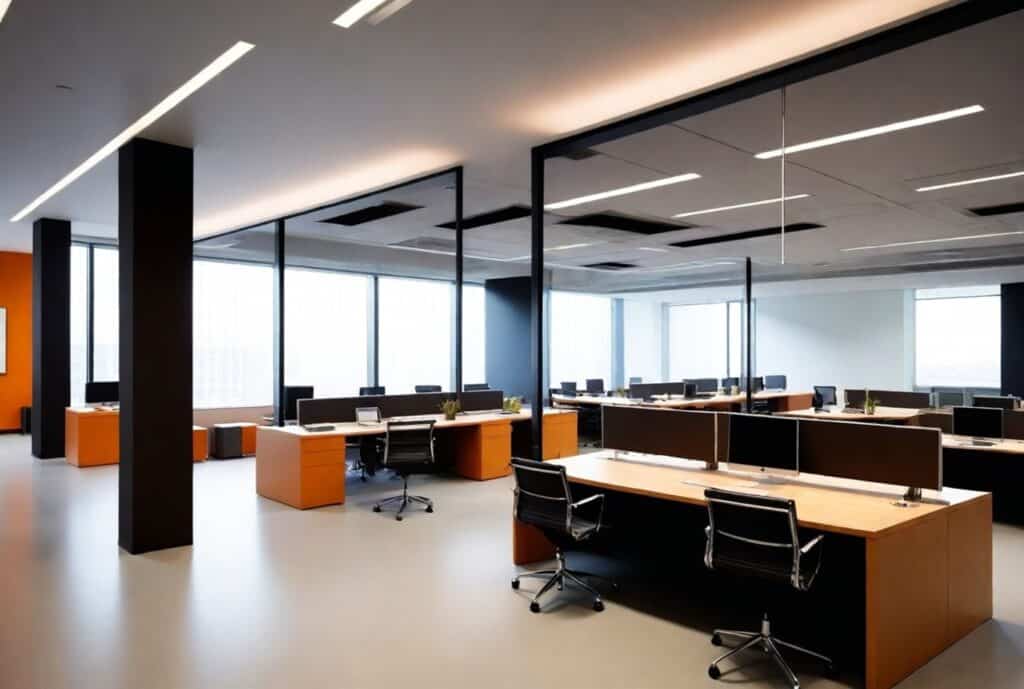
Technologies are transforming the way that office space organisation is planned. Architects and designers harness the potential of VR to give clients a sensation of walking through their new office layout. It becomes possible to demonstrate a client a virtual prototype and help one to experience the design before being built. AR can help manage the office space and visualise the furniture arrangement in real-time by placing the virtual information onto the existing physical reality.
Agile Workplace Solutions:
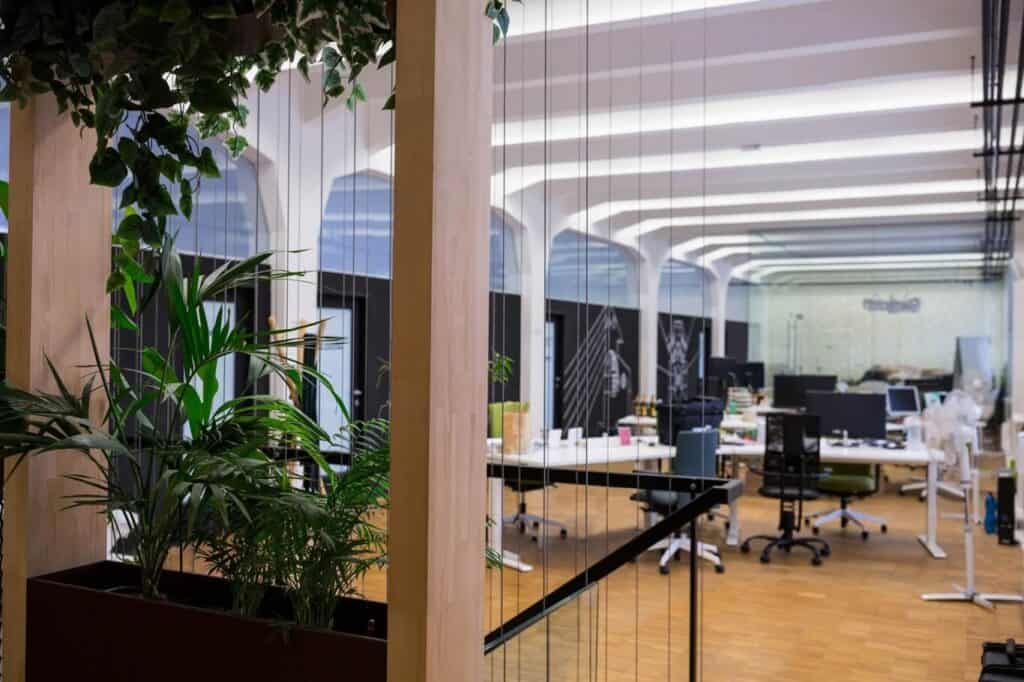
Solutions such as hot-desking, activity-based working, and co-working spaces have become increasingly popular as organisations aim to create a conducive environment for creativity and collaboration. Technology enables flexible work arrangements by providing employees with the means to work not only from anywhere but also with what they need to do so. Cloud-based software, mobile apps, and digital collaboration tools facilitate seamless connectivity and productivity of remote and distributed teams.
To conclude, technology is bringing a change in the way office space planning has been a static and more rigid procedure to one that is more dynamic and adaptable. Using data analytics, flexible work technologies, space optimisation tools, and immersive visualisation, organisations will develop innovative work environments that encourage collaboration, productivity, and employee well-being. Therefore, as the workplace changes, technology will assist in keeping up with the changes and give its solutions an upper hand in the future’s comprehensive competitive landscape.
Are you looking for Partners in Office space Planning?
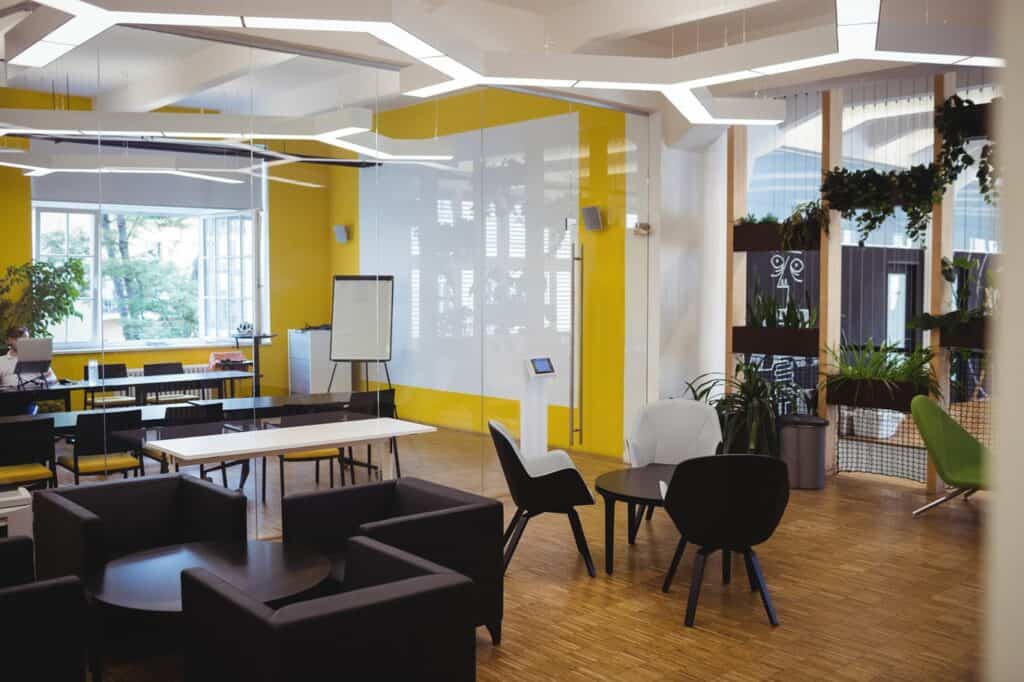
You are in the right place, if you are looking for it. Call Officebanao rightaway. We shape office interior planning that not only supports your vision; it will give everyone who walks into the experience, the vibe needed to boost work output.


